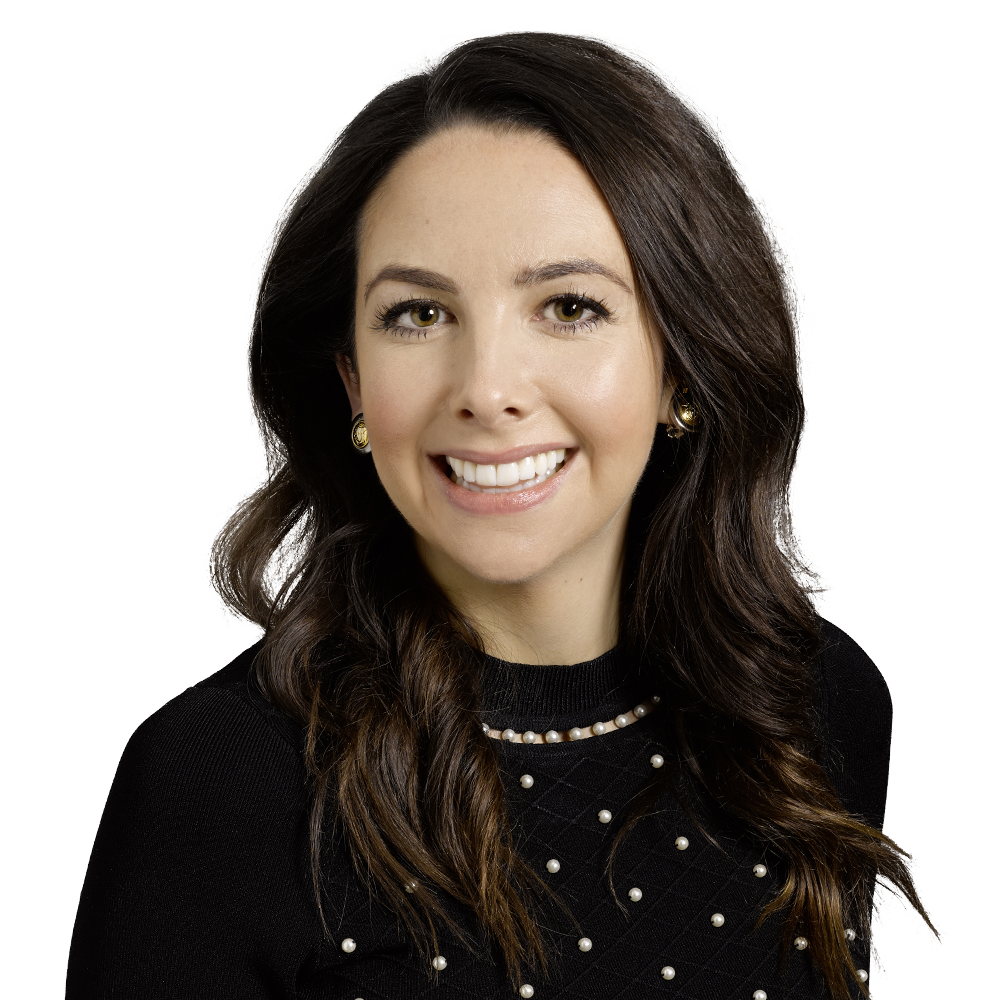Interview: Understanding the Art Market
Aug 24, 2018
Jacqueline Towers-Perkins, Specialist, Post-War & Contemporary Art at BONHAMS and course instructor for Art Wealth Management explains the idiosyncrasies of this fragmented market, how to go about collecting art and her excitement for contemporary works.
Tell us how you came to be an art expert and why you love the contemporary art market.
I have always been drawn to Contemporary Art because it is so dynamic and progressive, which keeps both my job and the field I work in hugely interesting. Not only are the artists and works they create exciting, investigative and challenging, but the market itself – the key players, prices achieved, the fast pace and constant change of patterns and trends – remains fascinating.
If a collector wanted to invest in contemporary art, how would you recommend to get started?
Firstly, I would advise someone to discover what it is that they like, what they are interested in and what they have a drive for collecting or investing in. A passion for an area of the market will endure any transitory trends or patterns. Once they have identified an area, I would recommend that they educate themselves. Visit auctions, art fairs and galleries to see and understand how the market works and what themes are changing and emerging each season. Lastly, create and build relationships with industry professionals in order to learn from them.
What would you consider the main benefit of investing in art? And the biggest disadvantage?
The main benefit is the pleasure and privilege of being able to enjoy a work of art while it appreciates. It is wonderful to have the opportunity to look at, enjoy, live with and learn from an individual work or a larger collection over time. If you have acquired a work of art because you love it, then it is a huge bonus if it appreciates in value during that period. No other investment provides such rich intellectual or physiological dividends. Arguably however, this lack of monetary dividends and illiquidity traditionally requires art investment to be seen as a long term, which can be a challenge and a disadvantage to those seeking short-term results.
What is the main difference between the art market and the financial markets?
The greatest different I have found between the markets is the highly specialized expertise and knowledge required to invest in art and navigate the art industry. Unlike the financial markets, which are open to all and are required to be transparent, the art market, and particularly private sales from galleries, can be notoriously opaque. Because of this, a strong knowledge and experience of how the market works is essential.
Learn more about how the art market differs from the financial markets. Enroll in our online Art Wealth Management program today!
Author

Jacqueline Towers-Perkins
Jacqueline is a Post War and Contemporary Art Specialist at Bonhams Auctioneers in New York. She was previously a Specialist at Artnet and Paddle8 and held the position of Auctioneer and the Head of the Paintings department at a London auction house. She received her Master’s degree in Art Business from Sotheby’s Institute of Art. She is also on the board of trustees for a London-based...

:sharpen(level=0):output(format=jpeg)/wp-content/uploads/2018/08/Interview-Understanding-the-Art-Market-2.jpg)
:sharpen(level=1):output(format=jpeg)/wp-content/uploads/2024/05/The-Art-Lawyers-Diary-1.jpg)
:sharpen(level=1):output(format=jpeg)/wp-content/uploads/2024/04/5-Questions-with-Bianca-Cutait-part-2-1.jpg)
:sharpen(level=1):output(format=jpeg)/wp-content/uploads/2024/05/20231208_164023-scaled-e1714747141683.jpg)
:sharpen(level=1):output(format=jpeg)/wp-content/uploads/2024/04/header.jpg)
:sharpen(level=1):output(format=jpeg)/wp-content/uploads/2024/04/5-Questions-with-Bianca-Cutait-part-1-1.jpg)
:sharpen(level=1):output(format=jpeg)/wp-content/uploads/2024/03/5-Questions-with-Alaina-Simone-1.jpg)